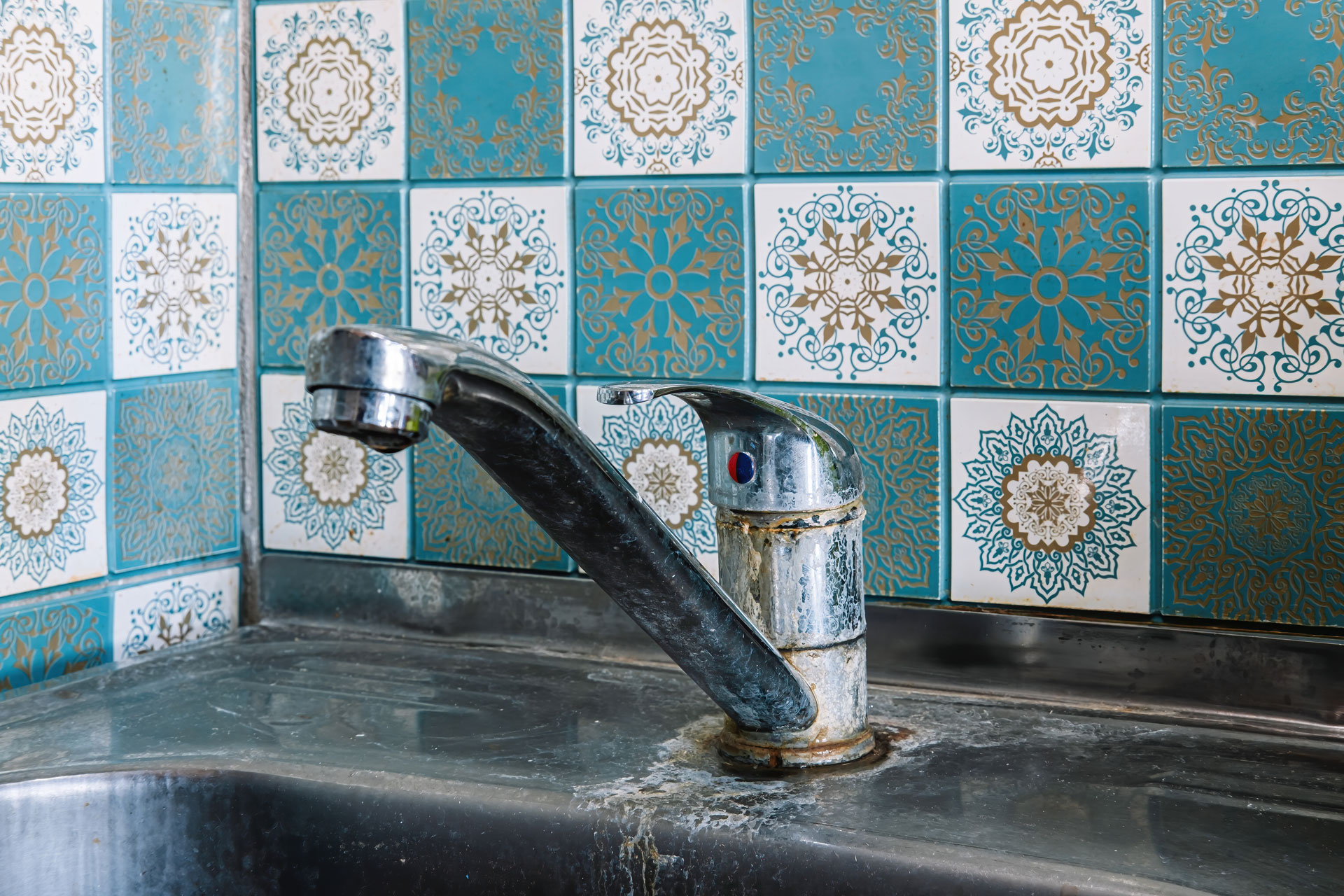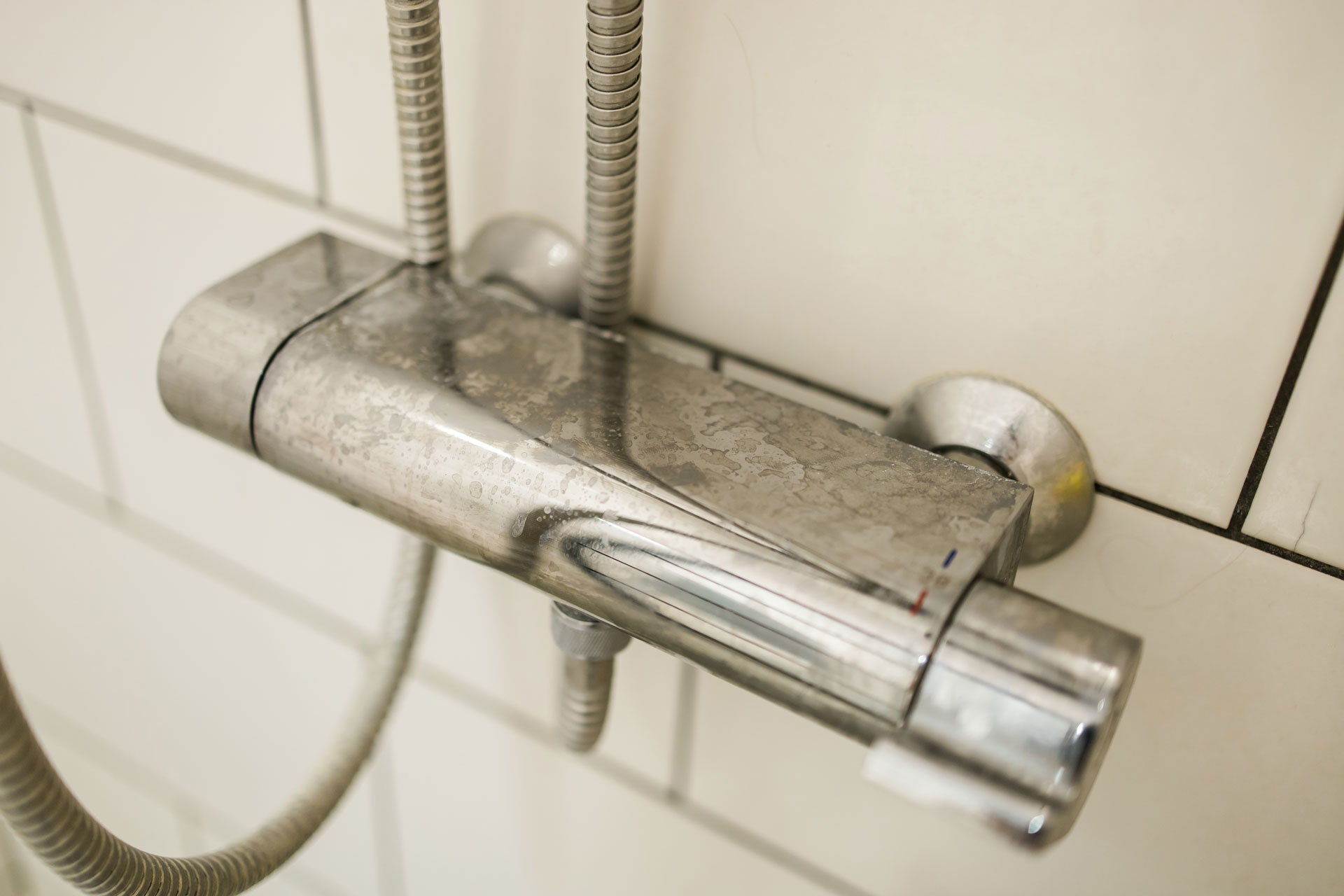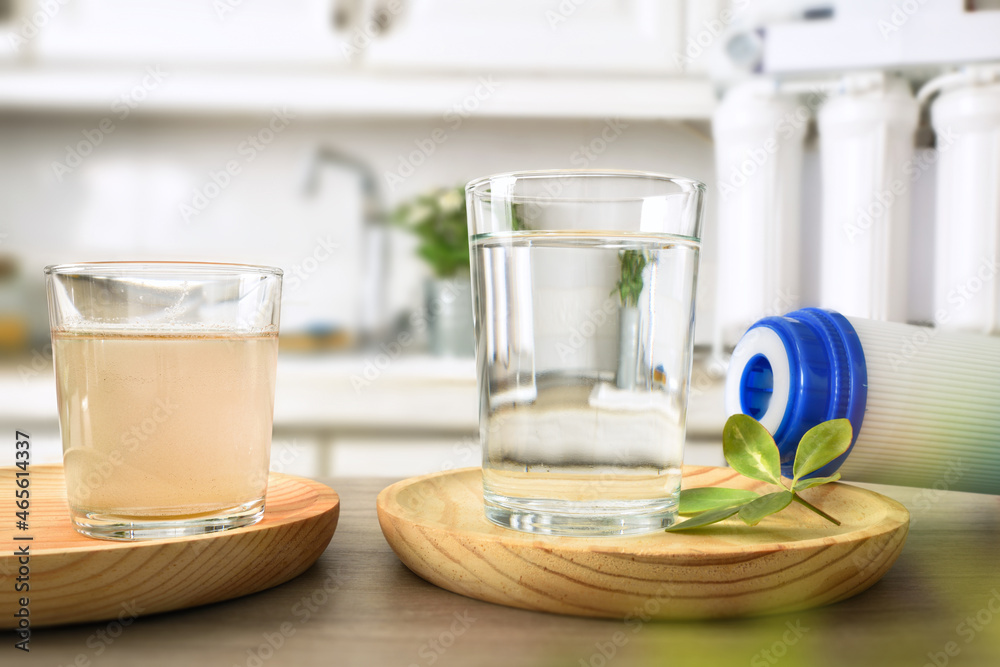In the communities that we service, a variety of factors can affect how water tastes, smells, and feels. This is why we conduct a free water analysis before we recommend how to properly treat it. Here are a few problems we commonly see and treat.
Common Water Problems







